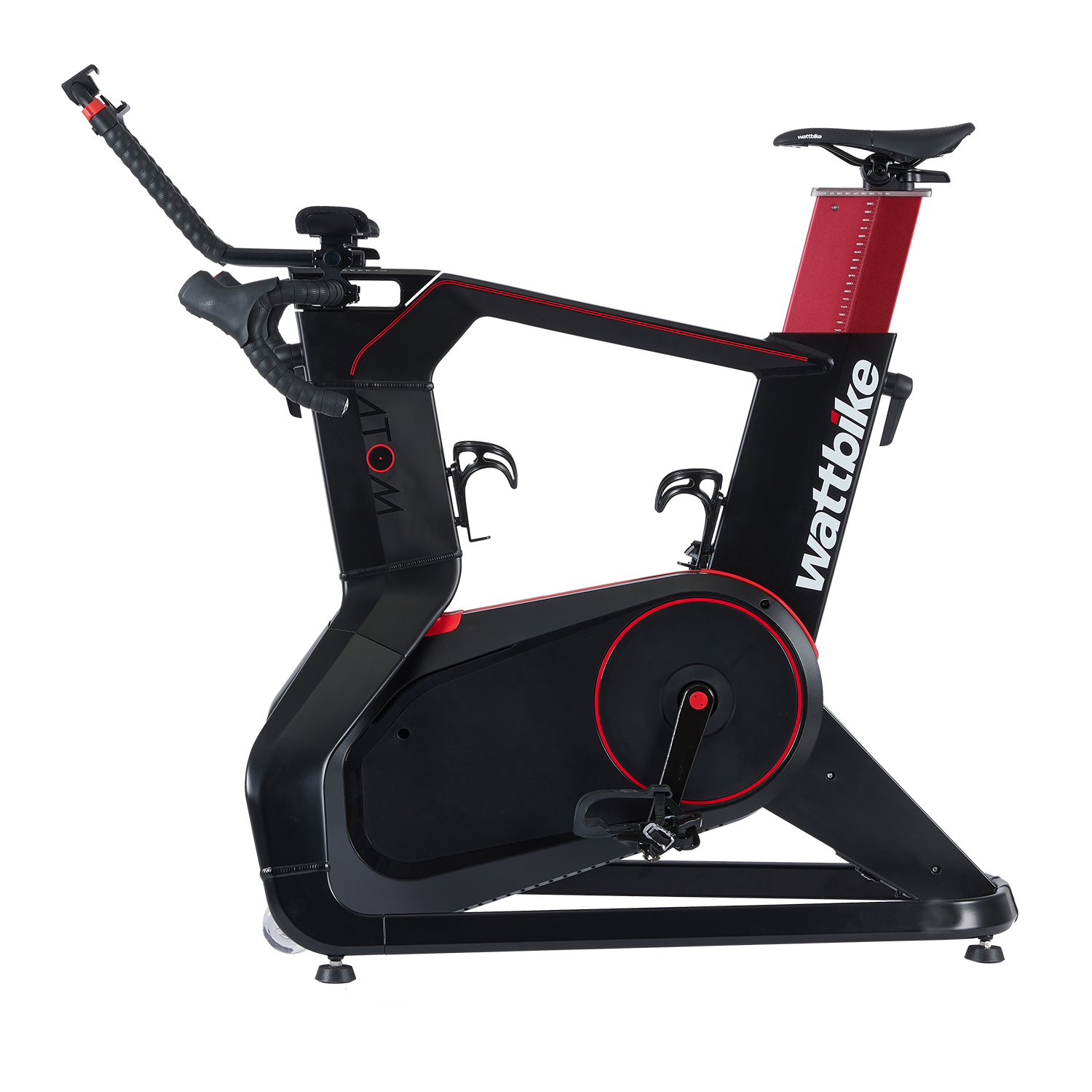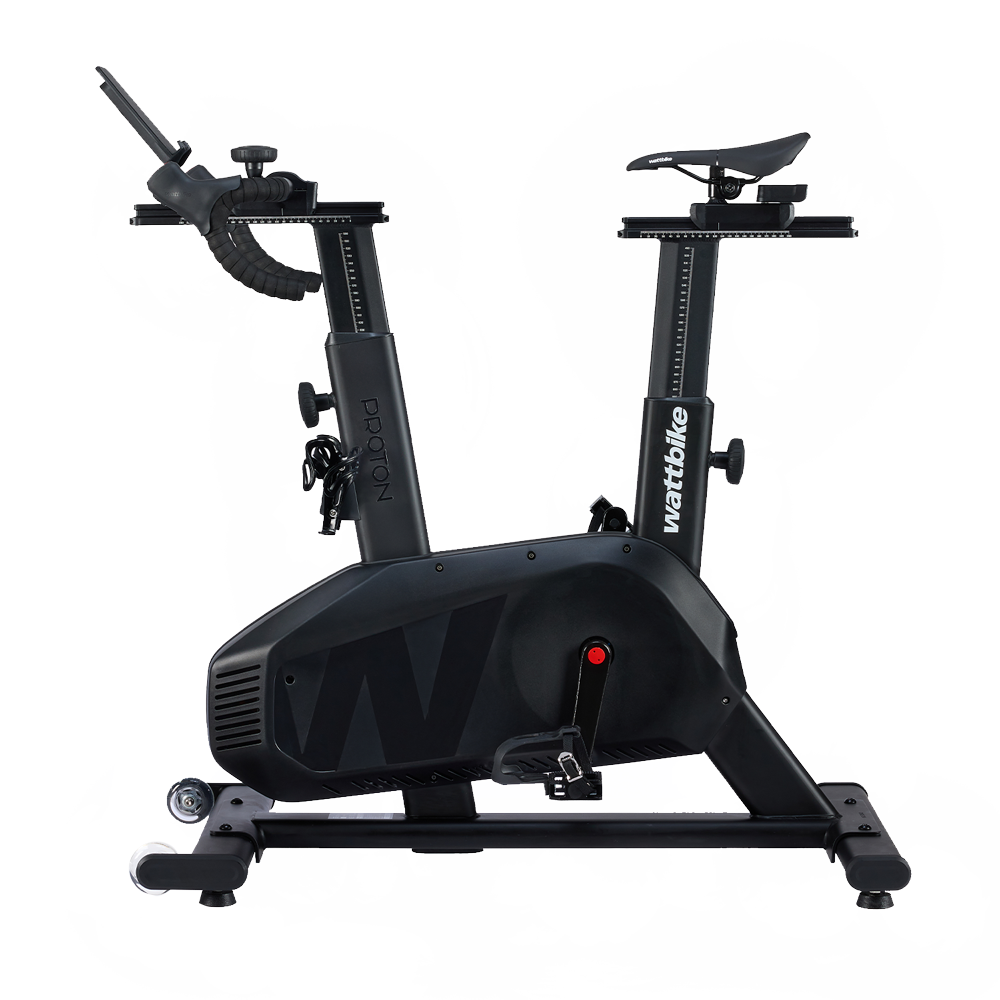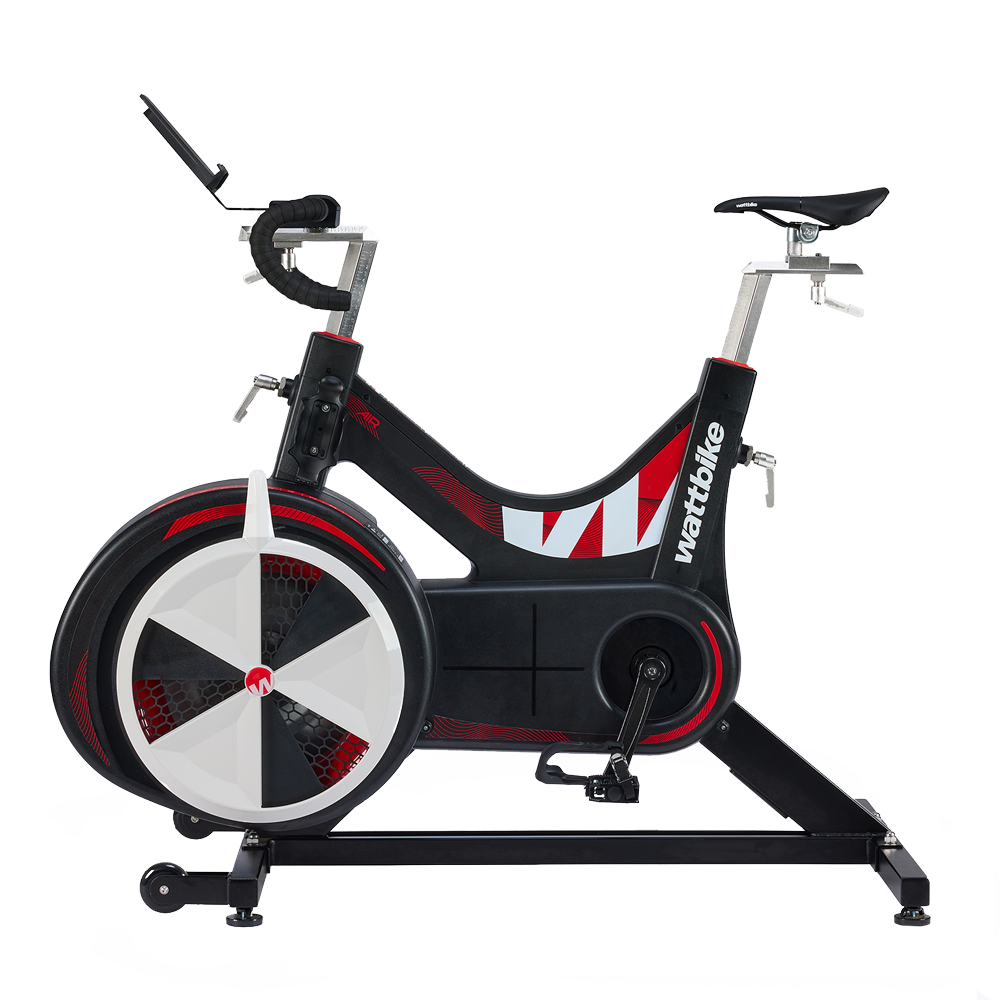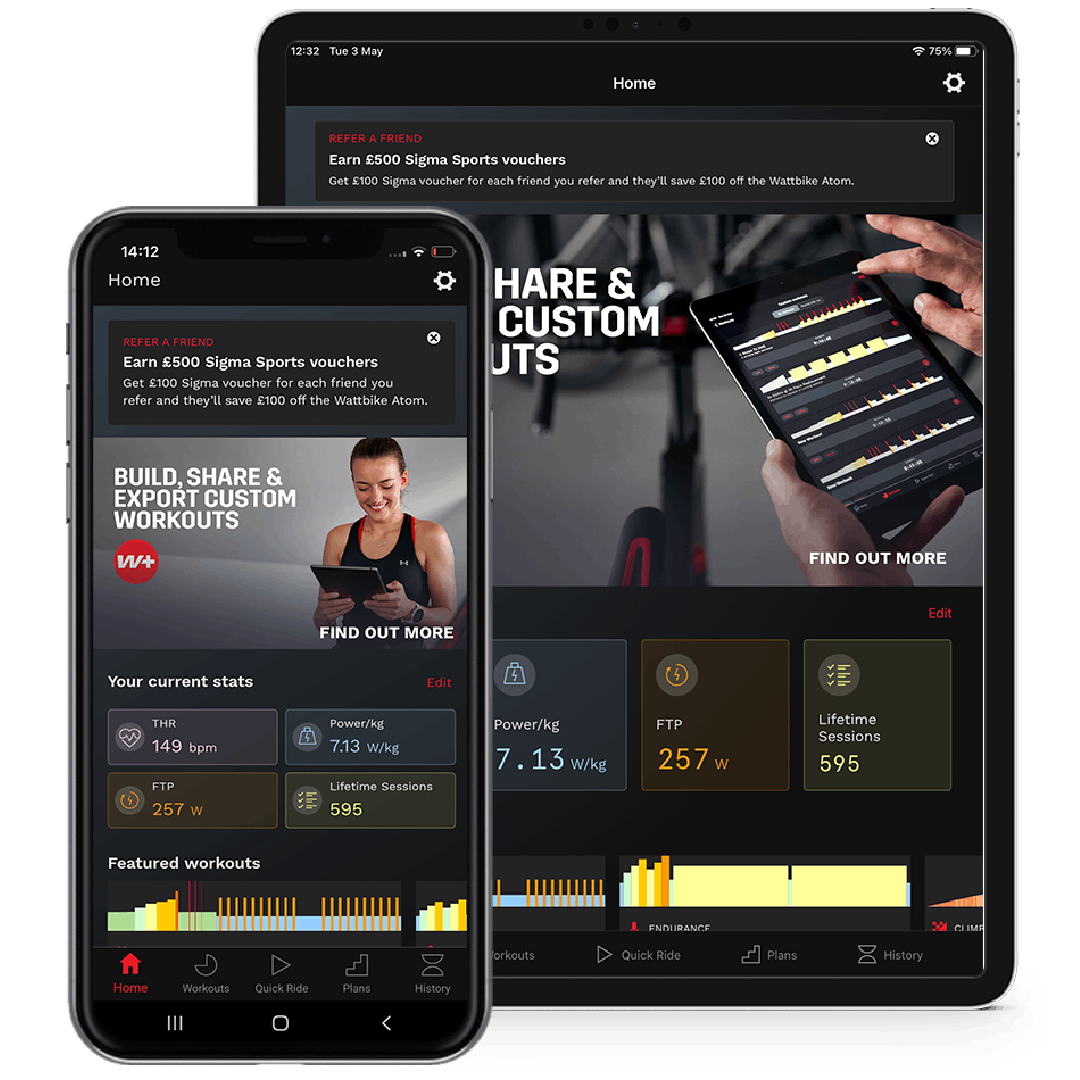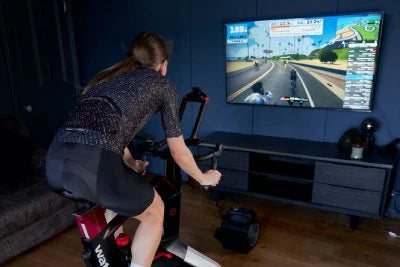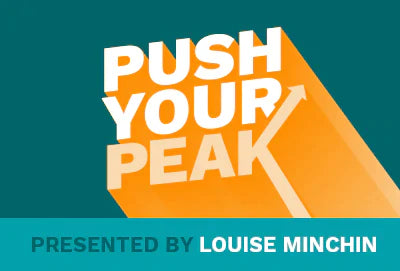Your Cart is Empty
SHOP
TRAINING & APPS
SUPPORT
news & information
How to Improve Your Cycling Endurance
July 28, 2020 5 min read
Cycling endurance training helps you improve how long you can sustain your power output. Our expert tips cover all aspects of endurance cycling from pacing, the right workouts all the way through to proper nutrition. Whether you’re training for distance sportives or just want to enjoy longer rides, building a solid foundation for the next season starts with Wattbike.
Table of Contents:
- What is Endurance Cycling?
- Training Indoors for Maximum Outdoor Performance
- 5 Ways to Improve Your Cycling Endurance
- Expert Advice for Endurance Rides
What is Endurance Cycling?
Endurance cycling is your ability to ‘last the distance’ in your chosen cycling event, whether national sportives or friendly rides with your group.
Training to increase endurance is often thought of as simply ‘getting the miles in’, focusing on accumulating time in the saddle at an easy, constant pace. As fitness and proficiency develops, the time spent on the saddle or on the Wattbike Atom smart bike is increased.
How long your longest ride needs to be depends on your goal race or distance. You don’t necessarily have to cover the full distance of your target event in training, but you should feel comfortable with riding up to 80% of it.

- Sportive riders will need to be strong and comfortable in the saddle for up to five hours, often more.
- Track pursuit riders need to work on their endurance cycling for their sub-5-minute race.
As with all training, before you start, you need to define your endurance cycling goals.
Training Indoors for Maximum Outdoor Performance
You can unlock your cycling endurance with your indoor bike trainer, to build your stamina before getting out on the road again.
It isn’t all about enduring gruelling outdoor rides - indoor cycling can improve your road performance by taking your personal cycling data and turning into actionable indicators to maximise pedalling, power and endurance prowess.
With the world’s smartest indoor bike, your training never has to stop. Off-putting harsh winds and rains, punctures, or the hassle of taking your road bike to bits to apply to a Turbo Trainer puts the Wattbike Atom in a league of its own.
- Award-winning craftsmanship: Wattbikes withstand elite athletes in testing, while beautiful enough to sit in the homes of everyday cyclists too.
- Real road bike feel: Replicate the feeling of road cycling with the choice of 22 gears.
- Unrivalled accuracy: The Atom smart bike reads your data 1000 times per second and delivers ±1% accuracy with a power range of 0-2500w.
- Smart training: Ergo mode allows the Atom to automatically change the resistance of each workout interval so you can focus on your pedalling technique.
- Pedal efficiency insight: The Atom automatically reacts to elevation changes to recreate that real road feeling, providing instant feedback on pedal strokes to improve your riding technique.
5 Ways to Improve Your Cycling Endurance
The most important aspect is that you follow a cycling training plan which is aimed at endurance to help you stay on target of your goals.
1. Train Your Body
Regularly training on an indoor bike helps improve your fitness, and makes the body better at using fat stores. Fitter riders use higher amounts of fat-based energy, stretching out carbohydrate reserves.
- In order to train your body properly, you’ll first need to incorporate some aerobic exercise. Do this by adding in some high tempo workouts from the Wattbike Hub cycling app into your endurance training sessions to make the necessary adaptations to your cardiovascular system.

- Secondly, planning in some fasted sessions can help train your body to burn fat more efficiently. Although we wouldn’t recommend doing this all the time, it’s worth adding a few sessions into your endurance training to kickstart your body into burning fat for fuel.
- Finally, it pays to be consistent. It’s thought of as getting the miles for a reason. You’ll need to keep up your endurance training if you want to see improvement. As you find yourself getting better, you can look to set a bigger goal every second or third week, getting further and further every time.
2. Know Your Pacing
Endurance cycling should take place at around 60-70% of your MHR (maximum heart rate), or 55-75% of your FTP (functional threshold power). This is easy to track on the Wattbike and the Wattbike Hub. However, if you’re completing your endurance training without a power metre, or heart rate monitor, you should be able to assess what level you’re working at by how well you can talk - you should be able to chat comfortably throughout the ride.
3. Practise Reverse Periodisation
If your targeted cycling endurance events aren’t on your agenda anytime soon, it’s worth considering trying a new training method. Reverse periodisation models involve getting your harder, faster efforts out of the way over winter. Then tapering your training down to your longer but steadier endurance training rides more towards the spring.
If you’re looking to build your endurance any time of the year, harness indoor workouts to improve cycling performance. Because, as fun as outdoor group rides are, they are often time-intensive with little reward. We recommend swapping out some rides for some focussed indoor cycling workouts. Eight hours outdoors equates to considerably less time on the trainer.
4. Include Short, Fast Workouts
Adding some high-intensity interval training can also help to supercharge your endurance cycling training sessions. This is because doing short but intense intervals can increase your body’s ability to use oxygen during exercise. This, in turn, increases your endurance cycling.
If you’re short on time, an hour of steady riding isn’t going to yield good results, so swap out the session for High Intensity Interval Training (HIIT) instead. This can increase your body’s ability to use oxygen during exercise. Balancing your sessions between long and slow rides and short, hard sessions will help you improve your endurance cycling with your available time.
5. Figure Out Your Fuelling Strategy
Endurance cycling requires you to practise your nutrition. By getting the practice in you’ll learn what food and drinks work best for your body. You’ll learn what to eat after cycling to allow for proper recovery and avoid any incidents on the day of the sportive. However, easy steady riding can easily ramp up your appetite, and fixating on that slice of cake at the end can easily lead to you overeating.

As part of your endurance cycling training, plan your nutrition for a long bike ride, you’ll need to be making the most of your internal reserves:
- Glycogen - comes from carbohydrates via the muscles and liver.
- Glucose - comes from the bloodstream.
- Triglycerides (fats) - are stored in the muscles.
- Body fat - the biggest source of energy.
Running out of muscle or liver glycogen, or low blood glucose levels are what will make you hit the wall, so make sure to stock up on your carbohydrates.
Expert Advice for Endurance Rides
Fuel: Keep yourself fuelled throughout the ride with around 60g of carbs per hour, starting from the 40-minute mark, and aim to be drinking around 500-750 ml of fluid an hour.
Control: A long outdoor ride needs to be controlled and can often feel uncomfortably slow, particularly on the hills. If you are using heart rate or power, you will really have to back off to stay in your optimum training zone.
Maintain: Endurance training takes place at 60-70% of your max heart rate or 55-75% of your functional threshold power. This can be hard to maintain if you are riding with others who are eager to push on.
Recovery: Professional riders might spend as much as 80% of their week riding in their endurance training zone in the early part of their season but they will be training 30 hours or more with plenty of time for recovery.
Tailored Training with Wattbike
At Wattbike, we’re all about helping you get the most from every ride. With beginner guides to indoor cycling and advice on sweet spot training, we’re on hand to help.
Also in Training

Train Smarter: How Cross-Training with the Wattbike Can Boost Your Performance
August 11, 2025 2 min read
Read More
Train Like a Pro: Conquer L'Étape du Tour with Wattbike
July 03, 2025 3 min read
Every summer, thousands of amateur cyclists from around the world gather in the French Alps to test themselves on one of the most legendary challenges in the sport of cycling - L’Étape du Tour. It’s not just a sportive. It’s a chance to ride a full mountain stage of the Tour de France, on the same roads, with full support, just like the pros.
Conquering the climbs, altitude, and intensity of L’Étape requires focused, structured training and that's exactly where the Wattbike comes in.

Cycling Warm-Ups: The Top 10 Exercises to Do Before Your Indoor Exercise Bike Ride
March 10, 2025 3 min read
Read MoreSign up to get the latest
Be the first to hear about Wattbike news, offers and more.



